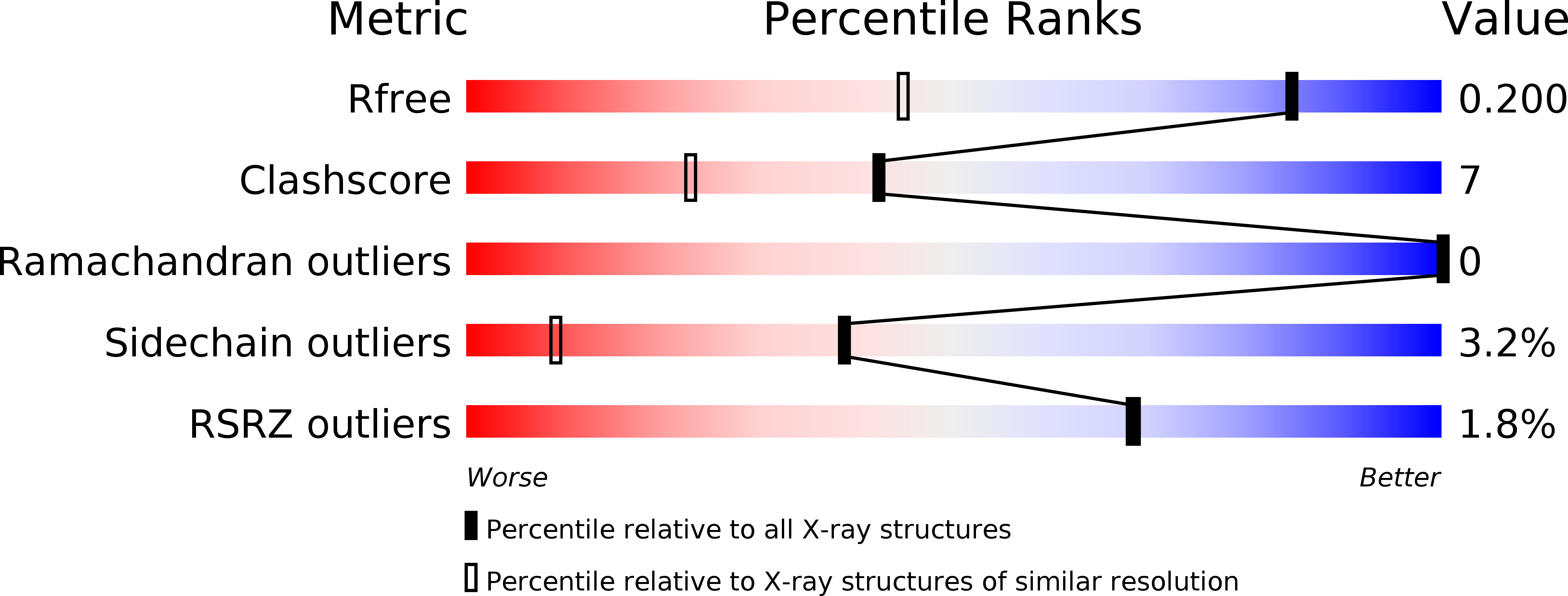
Deposition Date
2017-04-13
Release Date
2018-05-16
Last Version Date
2024-10-23
Method Details:
Experimental Method:
Resolution:
1.40 Å
R-Value Free:
0.19
R-Value Work:
0.17
R-Value Observed:
0.17
Space Group:
P 1 21 1


